HMIS Rohilkhand (J180) was a Bangor-class minesweeper built for the Royal Navy, but transferred to the Royal Indian Navy during the Second World War.
HMIS Carnatic (J182) was a Bangor-class minesweeper built for the Royal Navy, but transferred to the Royal Indian Navy (RIN) during the Second World War.
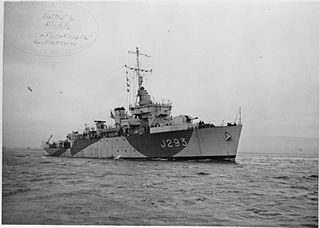
HMCyS Parakrama, was a turbine-powered Algerine-class minesweeper of the Royal Ceylon Navy, originally built as HMS Pickle (J293) for the Royal Navy during World War II, and transferred to Ceylon by the United Kingdom in 1958. She was scrapped in 1964.
HMS Minstrel (J445) was a reciprocating engine-powered Algerine-class minesweeper during the Second World War. She survived the war and was sold to Thailand in 1947 as HTMSPhosamton(MSF-1).
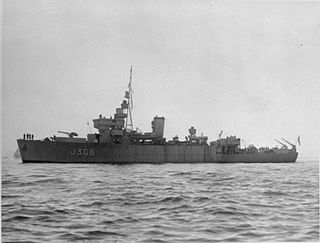
HMS Fly (J306) was a reciprocating engine-powered Algerine-class minesweeper during the Second World War. She survived the war and was sold to Iran in 1949 as IISPalang.

HMS Hare (J389) was a steam turbine-powered Algerine-class minesweeper during the Second World War. She survived the war and was sold to Nigeria in 1958 as HMNS Nigeria.

HMS Rosario (J219) was a steam turbine-powered Algerine-class minesweeper during the Second World War. She survived the war and was sold to Belgium in 1953 as De Moor (M905).
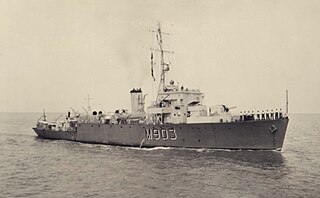
HMS Fancy (J308) was a steam turbine-powered Algerine-class minesweeper during the Second World War. She survived the war and was sold to Belgium in 1951 as A.F. Dufour (M903).

HMS Ready (J226) was a steam turbine-powered Algerine-class minesweeper during the Second World War. She survived the war and was sold to Belgium in 1951 as Van Haverbeke (M902).

HMS Liberty (J391) was a steam turbine-powered Algerine-class minesweeper during the Second World War. She survived the war and was sold to Belgium in 1949 as Adrien de Gerlache (M900).
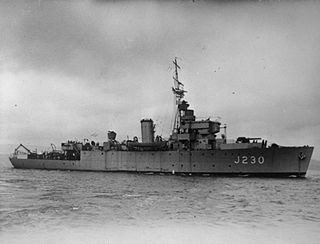
HMS Cadmus (J230) was a steam turbine-powered Algerine-class minesweeper during the Second World War. Launched in 1942 the ship survived the war and was sold to Belgium in 1950 as Georges Lecointe (M901).

HMS Chameleon (J387) was a steam turbine-powered Algerine-class minesweeper during the Second World War.

HMS Cheerful (J388) was a steam turbine-powered Algerine-class minesweeper during the Second World War.

HMS Circe (J214) was a steam turbine-powered Algerine-class minesweeper during the Second World War.

HMS Cockatrice (J229) was a reciprocating engine-powered Algerine-class minesweeper during the Second World War.

HMS Felicity (J369) was a reciprocating engine-powered Algerine-class minesweeper during the Second World War.
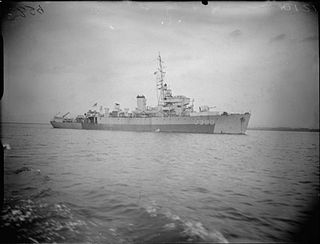
HMS Jewel (J390) was a steam turbine-powered Algerine-class minesweeper during the Second World War.

HMS Lennox (J276) was a reciprocating engine-powered Algerine-class minesweeper during the Second World War.

HMS Niger (J442) was a reciprocating engine-powered Algerine-class minesweeper during the Second World War.
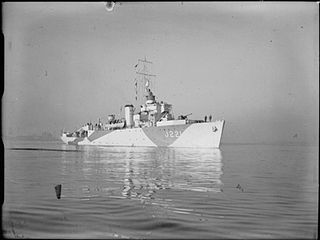
HMS Onyx (J221) was a steam turbine-powered Algerine-class minesweeper during the Second World War.


















